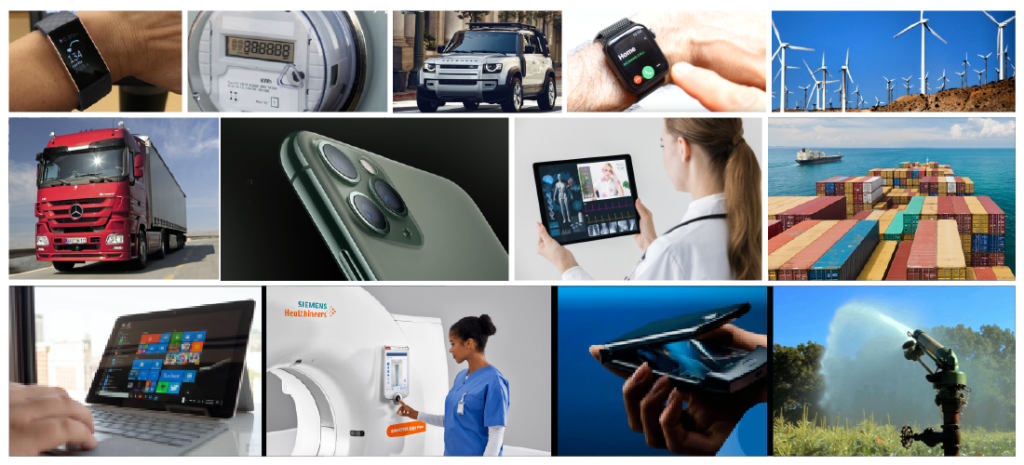SIM card technology has dominated the mobile connectivity scene since the 1990s. But mobile devices today are much more powerful than they were back then. Your current mobile phone almost certainly has more than 100000 times the processing power of Apollo 11’s computer. And with the rise of eSIM technology, your connected experience is set to touch a whole new level of seamlessness.
What is eSIM Technology?
eSIM technology was developed by the GSMA, the telecommunication trade body. It is a technology that works by embedding a chip into a device to allow it to connect to a network. Despite its impact on mobile technology and M2M connectivity since 2017, eSIM technology was fairly less known due to hardware technology and features vying for people’s attention. It was thrust into public view and knowledge after Apple launched the latest iPhone with embedded SIM technology. eSIMs have already been adopted on new flagship phones, tablets and smartwatches by big players like Apple, Google, Motorola and Samsung. In the long run, this is the first step towards further facilitation of the Internet of Things (IoT) and a transition from traditional SIMs to an eSIM future.
Mobile operators that offer eSIM solutions today include EE in the United Kingdom, Vodafone in Germany and Bell in Canada. With more devices being designed to include eSIM technology, more mobile operators will expand their offerings and look for eSIM providers. This allows them to upsell and cross-sell new service plans to their customers across the consumer and enterprise markets.
There are two eSIM models based on two different types of used cases standardised by the GSMA. The first one is for the Internet of Things (IoT), known as M2M connectivity. The second one is for end-user consumer devices.
Both models differ in who decides to download the mobile operator profile onto the eUICC. In the M2M model, there is no interaction between the device and the user. The mobile operator profile is normally downloaded from the network itself. In the consumer model, the user decides which operator profile they wish to install on their device by choosing from a list of available operators for their mobile devices.
Why is eSIM Technology Good for Business?
Till the last decade, a new mobile business line meant businesses had to buy mobile devices, cellular plans and several accessories. All of this would help employees make calls away from their desks.
One of the key benefits of eSIM technology is that users can change operators remotely directly from their phone. They won’t even need a new SIM card. This technology also allows users to store multiple profiles within a single device, which means they switch between operators easily.
5G is all set to dominate the industry in 2021. This will mean the number of mobile devices will rise exponentially. 80% of internet users today already operate via mobile devices. An estimated 25.2 billion mobile connections will be created by 2025. This will amount to $4.8 trillion, about 5% of the global GDP.
Take the leap for your business with an eSIM provider that can provide for all your business needs.


